New Report: How Consumers Use Connected Devices To Shop And Pay
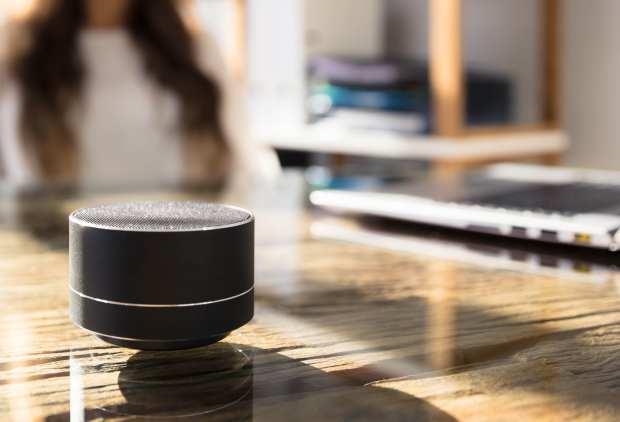
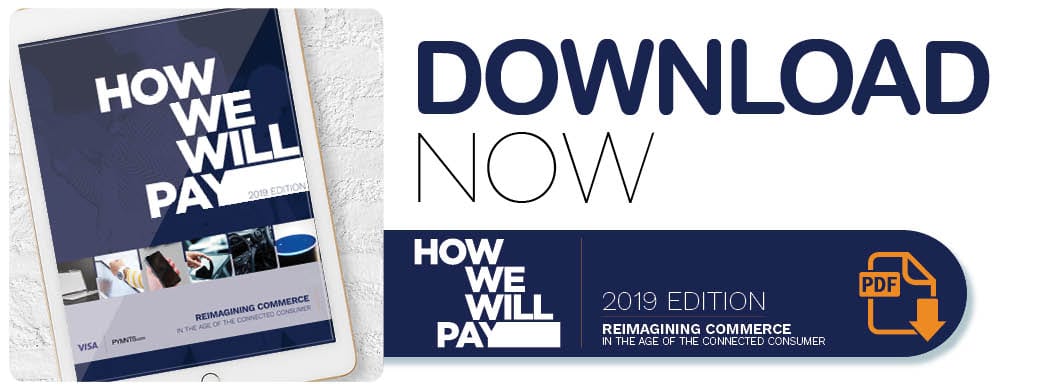 Voice is connected commerce’s killer app.
Voice is connected commerce’s killer app.
That is just one of five critical findings highlighted in How We Will Pay 2019, a PYMNTS, Visa collaboration examining how consumers use a wide range of connected devices to shop and make purchases.
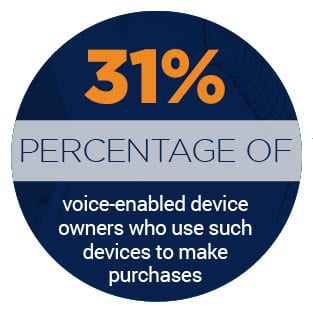 This report — the third in our annual series — shows the results of a national study of 5,000 U.S. consumers who documented their shopping and purchasing experiences over a seven-day period in mid- to late-July of 2019.
This report — the third in our annual series — shows the results of a national study of 5,000 U.S. consumers who documented their shopping and purchasing experiences over a seven-day period in mid- to late-July of 2019.
This year, we observed remarkable shifts in everything from device ownership, to app usage to the power of voice in transforming the purchasing experience of using connected devices.
Perhaps most compelling of these findings — and a powerful bellwether for how the connected purchasing experience will evolve over the next decade — is the impact of voice on those experiences.
In 2019, 31 percent of all consumers reported that they owned at least one voice-activated device, up from 14 percent in 2017. Not only has the share of consumers who own connected devices more than doubled since 2017, but they are also more likely to use those devices to make eCommerce purchases. Roughly one in every 10 consumers today uses voice-enabled devices and apps to browse, shop and buy goods online. It’s a remarkable acceleration of a technology that is still relatively young, and for which the use cases for commerce are both nascent and very much evolving.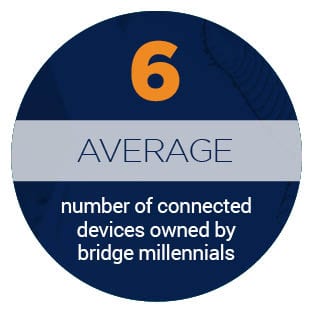
We found that pairing voice with visual aids, sending links of products via text to consumers or pushing an image to an app, only increases consumer interest in using voice, and the breadth of use cases for which voice plus visual increase the odds of converting a request to purchase into a sale.
It’s not that surprising.
Connected devices are contextualizing commerce for consumers as they go about their daily lives. More than three-quarters of U.S. adults made a purchase while going about their day-to-day activities – commuting, cooking, cleaning, watching TV, even taking care of the kids. Connected devices make shopping an everyday part of the everyday consumer experience. Voice makes it the ultimate hands-free experience.
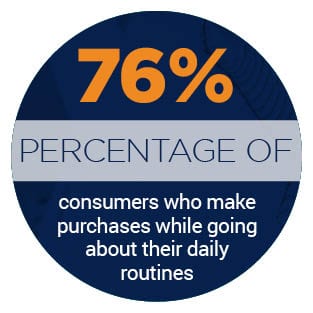 At the same time, we are beginning to see consumers lose interest in apps and devices that don’t deliver value, particularly devices that don’t connect consumers to an ecosystem of value-added apps and activities, and apps that don’t save them time, money and friction. For example, ownership of activity trackers, eReaders and game consoles are all down. So is consumers’ usage of “novelty apps” that might have gotten a download or a trial but didn’t deliver enough value to remain part of their daily, connected purchasing routines.
At the same time, we are beginning to see consumers lose interest in apps and devices that don’t deliver value, particularly devices that don’t connect consumers to an ecosystem of value-added apps and activities, and apps that don’t save them time, money and friction. For example, ownership of activity trackers, eReaders and game consoles are all down. So is consumers’ usage of “novelty apps” that might have gotten a download or a trial but didn’t deliver enough value to remain part of their daily, connected purchasing routines.
The full How We Will Pay 2019 analyzed more than 6 million data points to detail rich, new insight into the connected consumer personas that will lead the payments and commerce ecosystem into the next decade, as well as who those consumers trust to enable those experiences.
What’s clear now, after examining three years of consumer behavior, preferences and usage, is that consumers now have a better sense of the value and utility that connected devices and the apps that enable those contextual purchasing experiences can deliver.
More than 25 charts and graphs provide a game plan for how banks, FinTechs, Big Tech and merchants can tailor their connected experiences to meet the demand of this new generation of consumer and the connected purchasing experiences they now demand.
Download the free How We Will Pay 2019 report, a PYMNTS and Visa collaboration, here.
